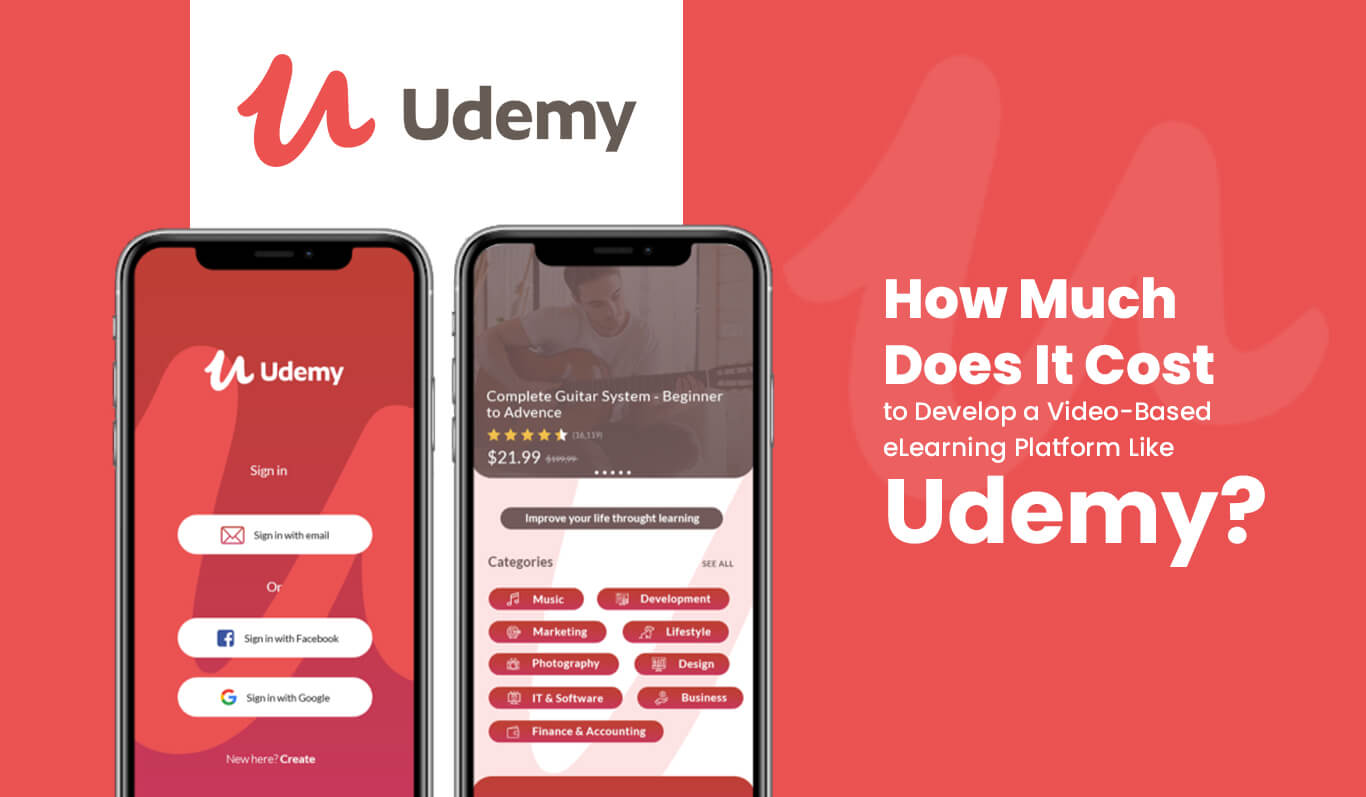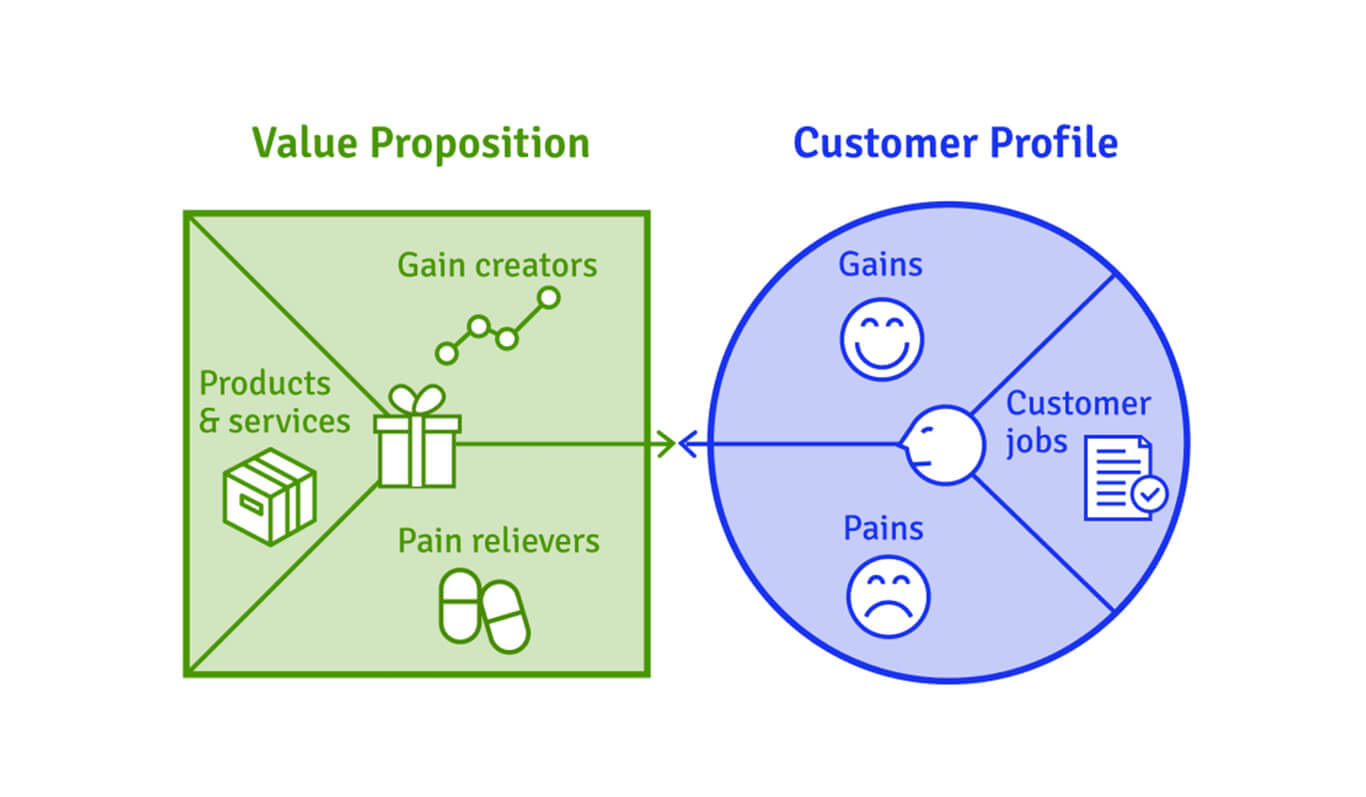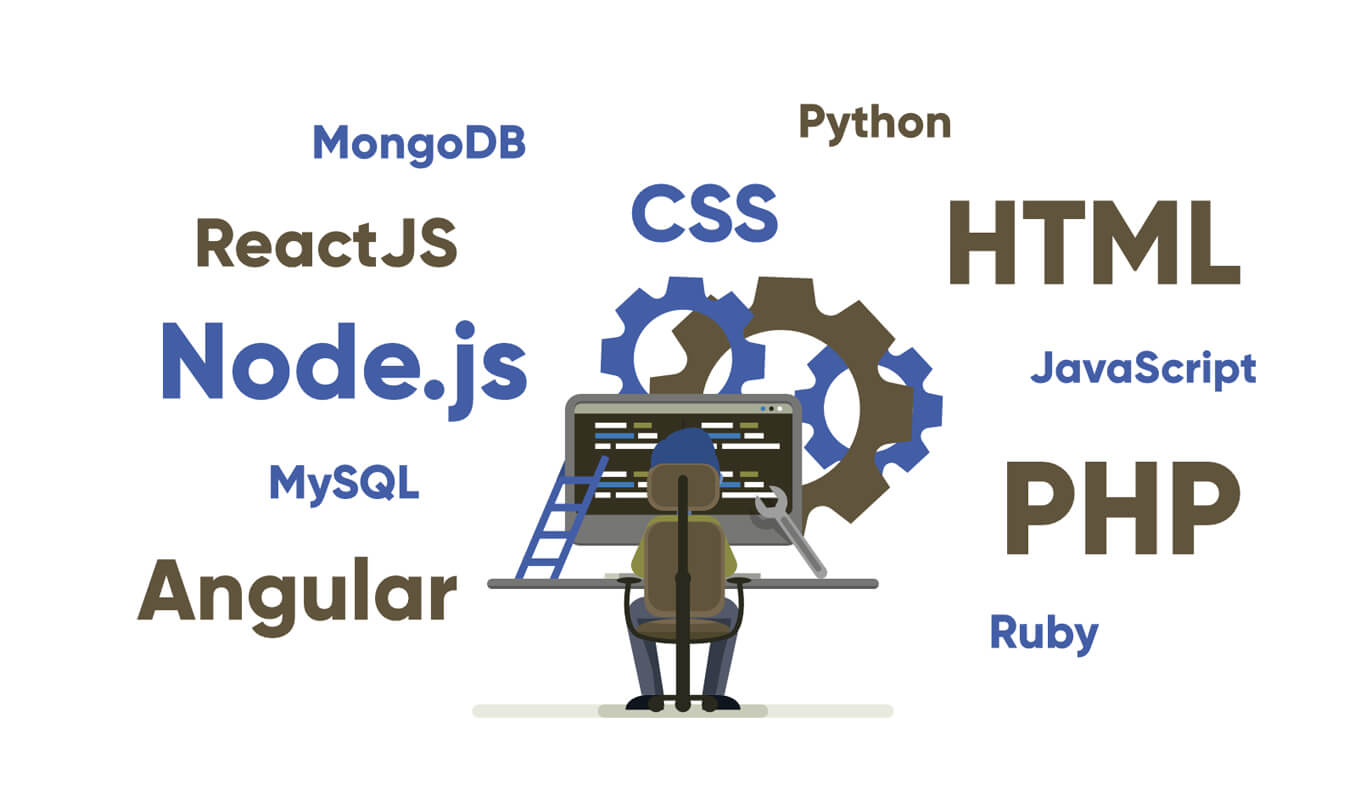How Much Does It Cost to Develop a Video-Based eLearning Platform Like Udemy?

Following the success of e-learning platforms like Coursera and Udemy many entrepreneurs have ventured into the field of educational technology. And it’s possible for you too to wish to develop an online learning app.
Global digital education is expected to grow over the next five years and surpass $457.8 billion by 2026. Many companies have decided to launch their solutions as a result.
Although, here's the first challenge: setting a budget for building an eLearning marketplace. Prior to beginning the actual development of an app like Udemy, make sure that you estimate the cost and create a development plan. Nobody can say for sure, however, it most likely depends on the Android or iPhone App Development Company you hire. You can expect to spend around $15K to $40K to develop an E-learning platform like Udemy.
E-Learning Platforms
Education has traditionally relied on educators and students being in the same place at the same time. Although it has proven effective for decades, the rise of online e-Learning has made learning more interactive, allowing students to learn outside of a traditional classroom. Learning has been revolutionized by the use of electronic devices and resources that are easily accessible.
About Udemy
It was founded in 2010 by Eren Bali, Oktay Caglar, and Gagan Biyani. With offices in Denver, Brazil, India, Ireland, and Turkey, the company is based in San Francisco.
Udemy offers open online courses divided into modules and lessons including videos, text notes, and assessment tests. Students can also utilize Udemy’s video player which comes with features such as closed captioning and note-taking. It also allows its users to follow the course through Apple TV and Google Chromecast.
The popularity of Udemy has exploded since it started in 2010. With nearly 200,000 courses and over 44 million students, it's still growing! Corporate enterprises also find Udemy helpful to train their employees.
Some Interesting Pandemic Statistics of Udemy
- There have been 6,000 new courses added to Udemy per month since the pandemic began, up from 3,000 per month in April last year. (Edsurge)
- Udemy and Randstad partnered in November 2020 to offer free educational courses for workers placed or looking for roles through Randstad's network, committing to upskilling 40,000 workers overall. (PR Newswire)
- Classes on sourdough bread baking and Zoom video conferencing were among the most popular during the Pandemic. (Forbes)
- The number of Udemy students enrolled per week increased more than fourfold between February and March 2020. (Forbes)
- Udemy offered 60% more courses in 2020 than in 2019.
Benefits of E-Learning Platforms Like Udemy and Coursera

- Study at your own pace. No matter whether the user is a housewife or a working professional, they can choose to pursue the course of their choice at their own pace.
- Repeat the lectures any number of times: The user can access the course content any number of times as and when needed.
- Consistency: The instructor can reach millions of students worldwide and each student will have access to the same content without there being any communication gap or inconsistency in the information provided.
- Reduced cost. Users can attend lessons without having to travel or incur further costs except for the course fees.
- 30-day money-back guarantee. If a user finds the course to be not to their liking, Udemy gives them the option to cancel their subscription within a 30-day window.
- Course reviews and ratings. Users can shortlist courses based on the reviews and ratings left by past users.
How Does E-Learning Platforms Like Udemy Make Money?
Monetization Strategies for E-Learning Apps
In an e-learning app, revenue generation is essential, and for this reason, when constructing a product, you should consider how it can be monetized.
Let’s have look at some popular monetization strategies followed by e-learning apps.
#1. Paid courses
This is one of the most common monetization strategies used by popular e-learning applications. Users that want to study can pay for a course of their liking. The bulk of the course fee goes to the instructor and the rest to the developer.
#2. Subscription method
Subscription services are also an option. Users can access the course material for a specific period by paying a subscription fee.
#3. Paid certificates
A variety of organizations and universities are integrated into e-learning platforms, which enable those apps to issue certificates for a fee. This is another source of constant revenue for the app.
#4. Corporate collaboration
By collaborating with business organizations, educational programs can be tailored to the firms' needs. It can help an organization to develop an effective workforce and train its employees.
#5. Affiliated model
You can integrate an e-learning app with an e-commerce app or online store. Websites get revenue when users buy products.
How to Create E-Learning Platforms Like Udemy, Coursera, and EdX?
With a better understanding of the benefits of MOOC platforms and how they earn money, we can move on to the most exciting part of the process: creating an amazing product.
What makes your product unique?
Are there any unique features that your platform offers users? Why should students use your platform? In what ways does it differ from competitors like Udemy, Coursera, EdX, and Udacity? What are its most essential and strongest features?
Thinking from a user perspective can prove to be helpful.
- What difficulties do you think students have?
- What do other platforms lack?
- What would students like to see?
- In what ways does your platform relieve their pain?
- How does it help them achieve their objectives?
Having a clear vision of your business requires a value proposition canvas and a business model canvas.

Who is your target audience?
Knowing who you are building for is essential before designing or building anything. Defining the buyer personas includes various aspects such as:
- Gender
- Age
- Interests
- Social media platforms that they use
- Blogs they follow
- Where you can find them
Identifying your target audience will help both with marketing and design. If your platform is targeted at a younger audience, you might want to make it more playful and exciting.
Design the user experience

You'll find user experience design quite complex if you aren't skilled at it. Almost every start-up owner hires a development team. If you're going to ask someone to build the platform for you, it's good to have a concept of what it will look like before you ask them.
Create an MVP
MVP is short for Minimum Valuable Product which is a test version of your product with only the essential features included. But you may think why build an MVP? Your users can give you feedback, help you understand what is strong and weak, and generally test how your product is received.
Following are some of the steps involved in establishing an MVP.
- Design the user interface
- Develop code
- Testing and fixing bugs
- Deployment
Beta testing
Having developed the test version of your online learning platform now is the time to present it to the world and put it to the test. Using targeted social media ads is a good idea if you haven't done pre-launch marketing. To get your website exposure, you can also submit it to niche portals like CrunchBase and AngelList.
Measure the success of your MVP
Some of the strategies that can be employed ar -
- Conduct surveys to understand what people like and dislike.
- The conversion rate of sign-ups and purchases.
- Percentage of active users.
- Identify the churn rate or how many users have abandoned your platform in a month.
- Determine the LTV i.e., how much money users spend on your platform for a certain period.
- Course completion rate and other students' performance metrics.
Develop and launch the education platform
You should collect all feedback from your beta users before launching the platform and decide what features should be added after you've tested the MVP.
Technology Stack for Applications Like Coursera and Udemy

The technology stack also adds to the development costs of e-learning apps.
- Language – JavaScript, Scala, PHP, Python
- Web Server – Nginx
- Storage – Amazon S3
- Database – Amazon’s Relational Database Service, MySQL
- Search – Amazon Cloud Search, Elastic Search
How Much Does It Cost to Build an App like Udemy?
Getting a sense of the overall cost of an e-learning app is essential.
- India: $18 – $50/hour
- North America: $100 – $200/hour
- Europe: $100 - $150/hour
- USA: $100 – $250/hour
- Malaysia: $50 – $75/hour
- Eastern Europe: $80 – $150/hour
The cost of hiring a development company in the United States is likely to be between $75 and $100 an hour. In contrast, hiring a web or app development company in India will cost you between $20 and $50. Additionally, the cost of development is influenced by several factors.
Suppose you want to build an app based on the basic specifications. For a single platform (Android or iOS), the budget would be between $10,000 and $30,000. However, advanced online learning apps with integration and analytics will cost between $35000 and $70000.
Conclusion
In today's ever-evolving educational landscape, an e-learning app like Udemy would not be a bad idea. In a world where colleges and schools will have less influence, online learning platforms are becoming more reliable and efficient sources of quality education.
FAQs
What kind of platform is Udemy?
The Udemy platform allows instructors to create online courses on topics of their choice. With Udemy's course development tools, instructors can upload videos, PDFs, etc. Anyone looking to improve their knowledge can utilize these resources to study at a pace comfortable to them anywhere anytime.
How much does it cost to develop an app like Udemy?
The cost of developing an application depends on its features and functionality, developer expertise, time taken to build the app, etc. The development costs of an E-learning platform such as Udemy can come to approximately $20,000 to $40,000 depending on its complexity.
Request a Quote
Categories
Popular posts
Best Practices for Software Product Engineering Every CTO Should Implement
2023-14-18How to Build Your Own On-Demand Carpooling App Services?
2023-08-25How to Start an On-Demand Fuel Delivery Business: A Comprehensive Guide
2023-07-28Empowering Miners: How Fleet Management Apps are Transforming the Mining Industry?
2023-07-21A Complete Guide to Develop a Food Delivery App for Restaurants in 2023
2023-07-08Mobile Apps Transforming the Travel Industry: A Game-Changer in Travel Planning and Experience
2023-07-07
